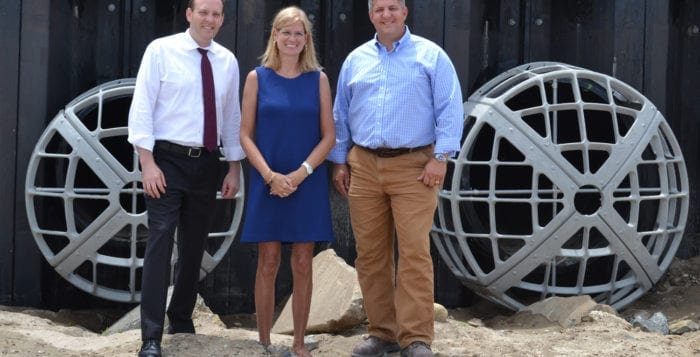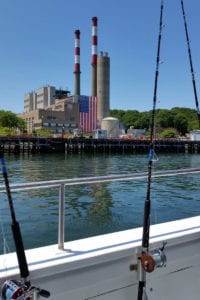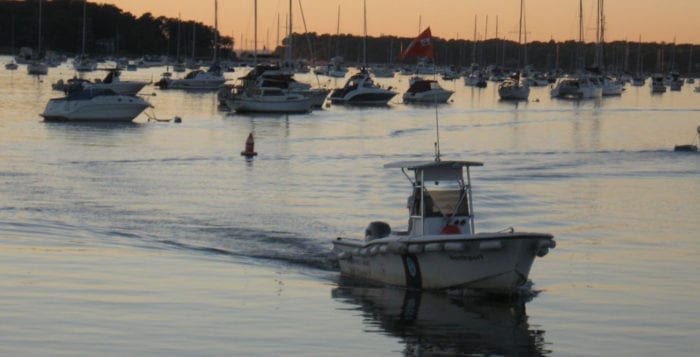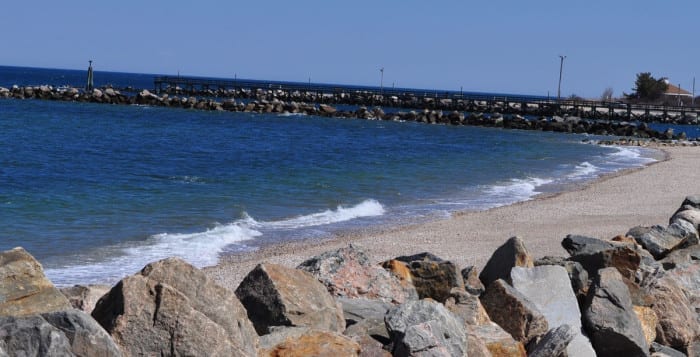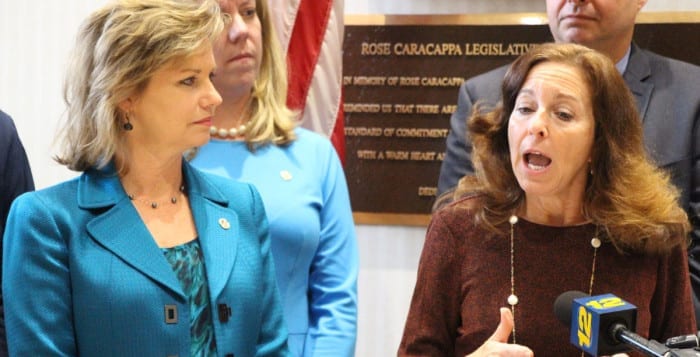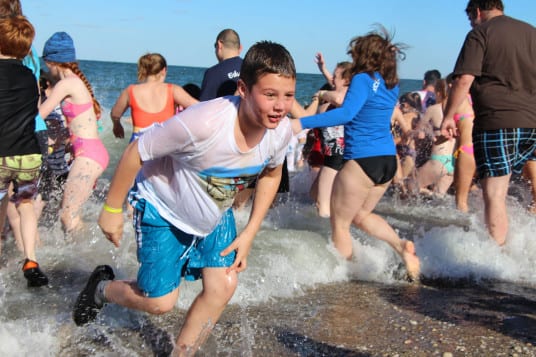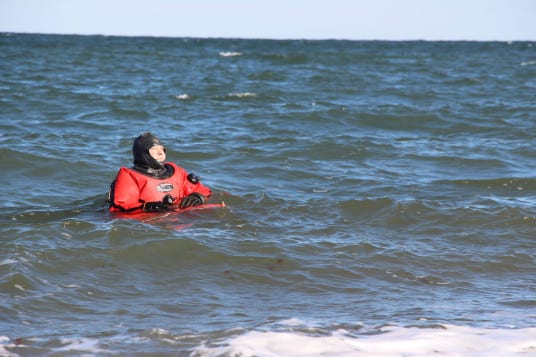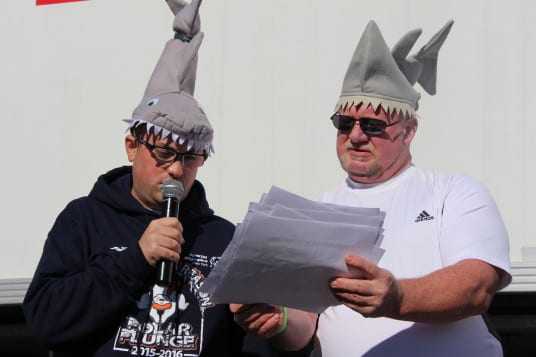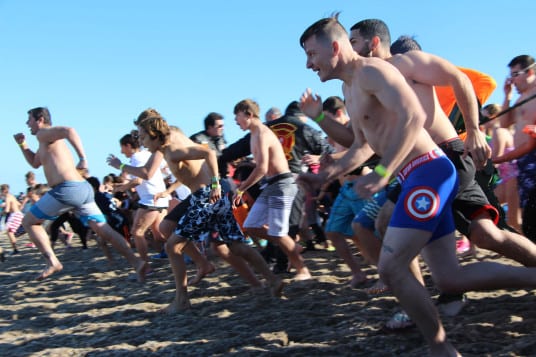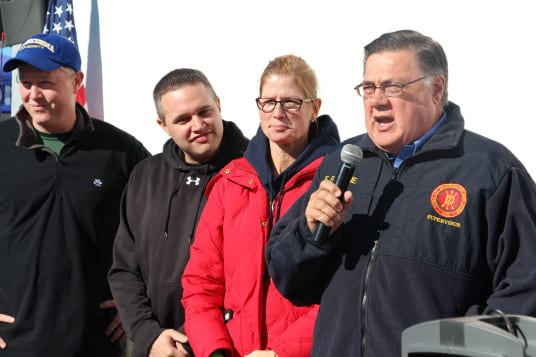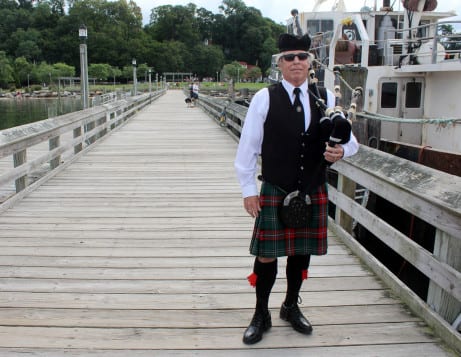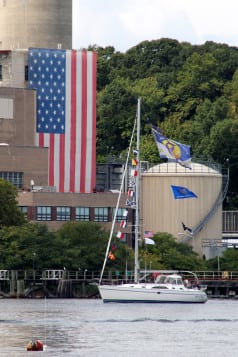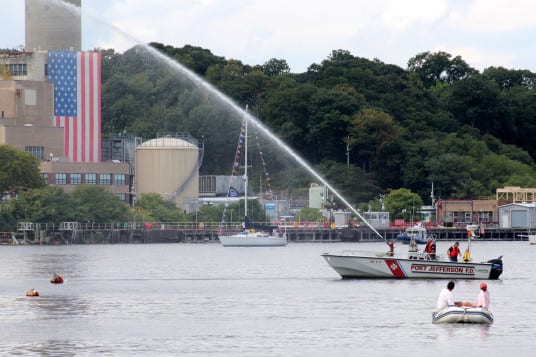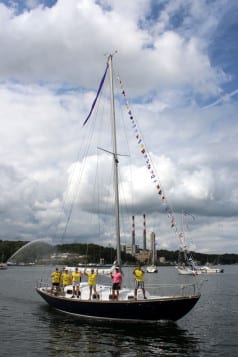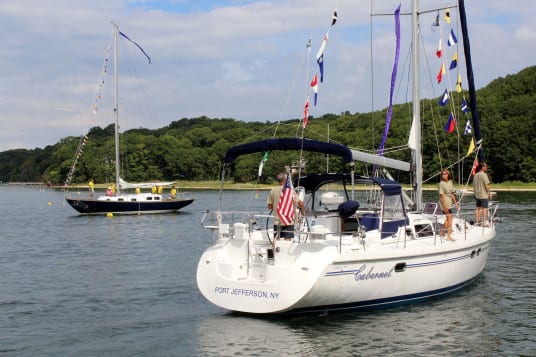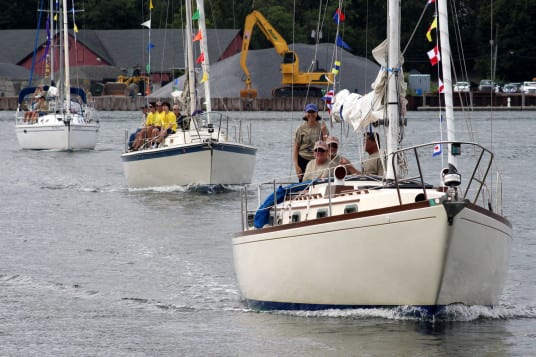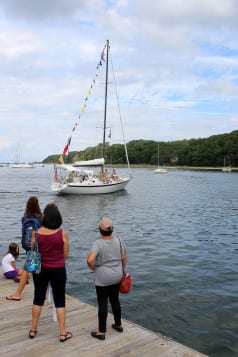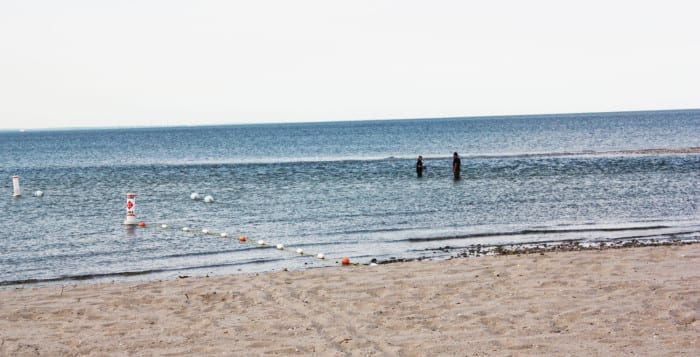Brookhaven Town Highway Superintendent Dan Losquadro (R), U.S. Rep. Lee Zeldin (R-Shirley) and Councilwoman Jane Bonner (C-Rocky Point) announced the completion of repairs intended to protect, restore and strengthen Sills Gully Beach in Shoreham, after it was severely damaged during Superstorm Sandy in 2012.
“The revitalization project at Sills Gully is one of a dozen North Shore surface water quality protection projects the highway department has undertaken since I took office,” Losquadro said. “I want to thank Congressman Zeldin for expediting the federal funding necessary to complete this project and ensure the resilience of our shoreline.”
“Preventing storm water runoff from entering the Long Island Sound this is a victory for the residents of Shoreham and the environment.”
— Jane Bonner
In order to reduce risk of damage from future storm events, members of the Brookhaven highway department completely removed the ineffective gabion basket walls, replacing them with 160 feet of steel bulkhead with stone-toe protection to prevent scouring. The bulkhead — which now protects areas of the bluff that have experienced significant levels of erosion in the past — has a longer life span than the gabion walls and will better protect from future disasters.
“The completion of restoration at Sills Gully Beach is an excellent example of different levels of government working together for the benefit of our community,” Bonner said. “I have been diligently working on this issue since the damage was caused by Superstorm Sandy in 2012, and I am extremely happy to see these necessary repairs come to fruition. By preventing storm water runoff from entering the Long Island Sound, this is a victory for the residents of Shoreham and the environment. I want to thank Congressman Zeldin and Superintendent Losquadro for working with me to make this happen.”
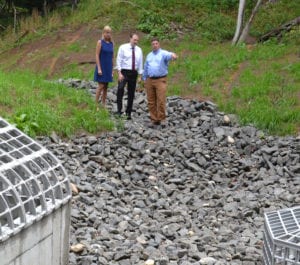
As a result of these mitigation measures and to comply with Tidal Wetlands and Clean Water Act permits, the department included upgrades to the existing storm water system by installing a new bioretention area where storm water naturally collects. This bioretention area consists of two, 12-foot deep leaching basins and an 8-foot wide trash rack to capture storm water and transport it through nearly 400 feet of 48-inch, smooth, interior-corrugated polyethylene pipe for natural dissipation. Additionally, a rock-lined drainage swale was constructed along the length of the parking lot to collect any remaining runoff. These upgrades will ensure that polluted storm water is not directly entering the Long Island Sound.
The project was funded with an $875,000 federal grant secured by Zeldin through FEMA.
“Once Brookhaven Town received the necessary federal funding to make repairs at Sills Gully Beach and Gully Landing Drainage Facility, the town was able to complete this important project,” said Zeldin, who is also a member of the House Transportation and Infrastructure Committee. “This revitalization project will help protect, restore and strengthen Sills Gully Beach in Shoreham and the overall quality of water in our local area, and I am proud to join with Superintendent Losquadro and Councilwoman Bonner to announce the completion of this project.”

